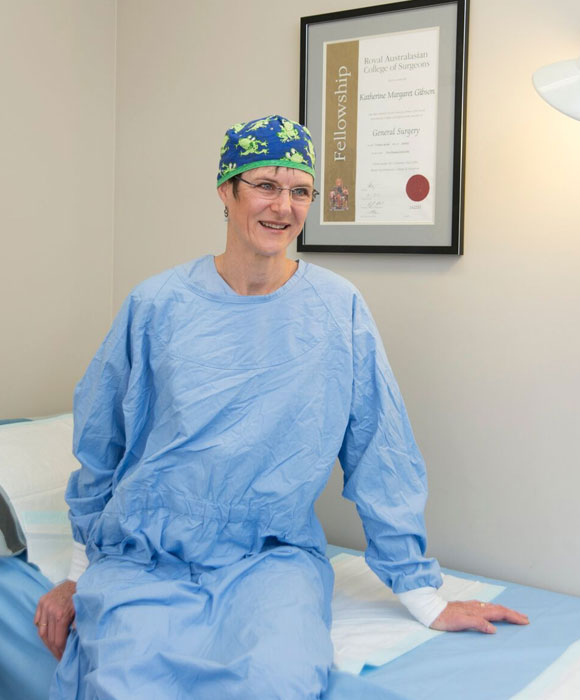What is an incisional hernia?
An incisional hernia is where some tissue pokes through the site of a previous abdominal surgery. This happens when the wound in the abdominal wall hasn’t healed and creates a weak spot.
Incisional hernia usually occurs soon after surgery, but can develop as late as 10 years after surgery.
What are the symptoms of an incisional hernia?
The key symptom of an incisional hernia is a bulge in your abdominal wall where you’ve had surgery.
Sometimes the bulge appears after a strain (e.g. lifting or coughing).
Incisional hernias are not usually painful. Although, many people feel an ache over a hernia, which worsens after doing any activity.
Most of the time, the main issue with the hernia is how it looks. But, if you have a hernia and develop any of the following symptoms, you need to seek immediate treatment:
- sudden severe pain
- vomiting
- the hernia becomes firm or tender, or can’t be pushed back in (if it usually can)
- difficulty passing stools or wind.
These symptoms may mean:
- the blood supply to the tissue in the hernia has been cut off (strangulated hernia)
- a loop of bowel has gone into the hernia and become blocked (bowel obstruction).
These are medical emergencies.

What causes incisional hernias?
Incisional hernias occur because the abdominal wall has not healed back to its normal strength. This creates a weak point for abdominal contents to poke through.
There are several things that can affect healing:
- infection of the surgery site
- obesity
- smoking
- malnutrition
- general poor health
- too much tension at the wound.
Straining (e.g. coughing, heavy lifting, constipation) increases pressure at the incision.
How are incisional hernias diagnosed?
Your GP or hernia specialist will usually be able to diagnose an incisional hernia from your history and by examining you.
Occasionally, a CT might be needed to confirm the diagnosis and see the extent of the problem.
How are incisional hernias treated?
Surgery is recommended for incisional hernias that:
- are causing pain or discomfort
- have a high risk of trapping abdominal organs
- interfere with your quality of life.
Sometimes the risk of surgery is greater than the benefit. This may be the case for people who are in poor health, obese or smoke.
Hernia specialists repair hernias in two different ways, open or laparoscopic surgery.
Open surgery
Here your specialist surgeon makes an incision near the hernia and gently pushes the bulging tissue back into place. Next, the weak tissue layer is sewn back together, so that nothing can bulge through. In most cases, a piece of mesh is placed to create a patch. This takes the strain off the tissue wall and prevents the hernia happening again.
Laparoscopic surgery
During this surgery, your specialist surgeon makes several small incisions. A tube with a camera is inserted through one and other tools to repair the hernia through the others. A mesh patch is also used with laparoscopic surgery.
Your hernia specialist will help you decide if surgery is right for you and which procedure is the best option.
